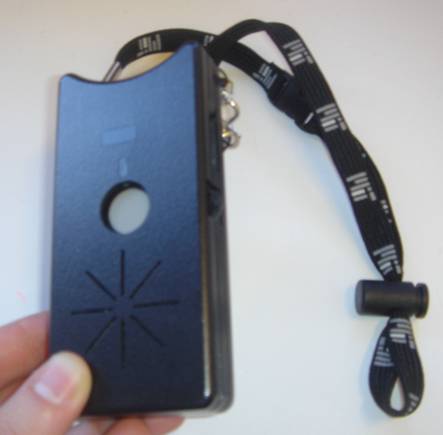How do people behave in the workplace? While this is a simple question, it has been difficult to obtain precise behavioral data on this behavior in naturalistic settings. The Sensible Organizations aims to combine data from wearable sensing devices that can recognize conversations, speaking patterns, and physical movement (the Sociometric Badges) with electronic communication data, human observation data, and surveys to obtain a complete view of behavior in the workplace. We have used this data to highlight among other things the importance of informal interaction, the differences between e-mail and face-to-face communication, and the dynamic relationship between job satisfaction and face-to-face communication.
For more information, visit:
http://hd.media.mit.edu/badges


